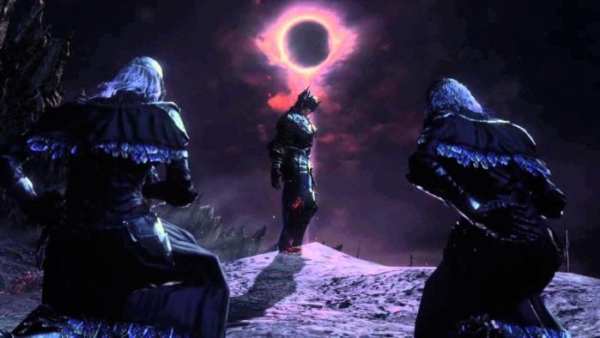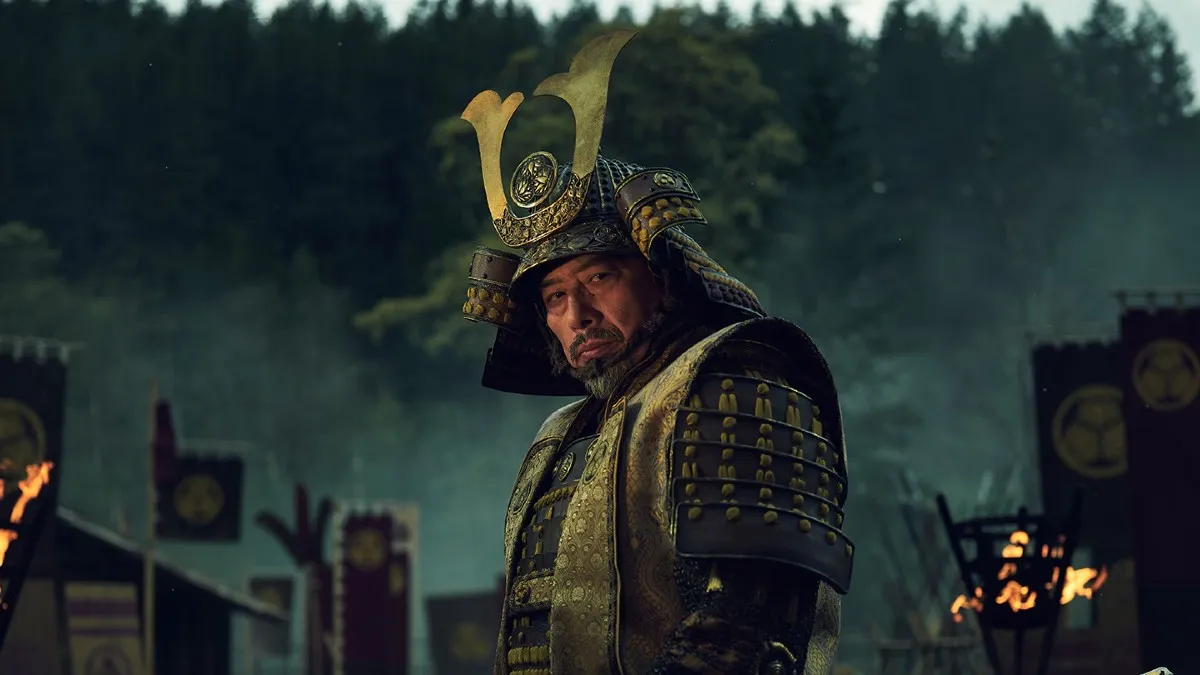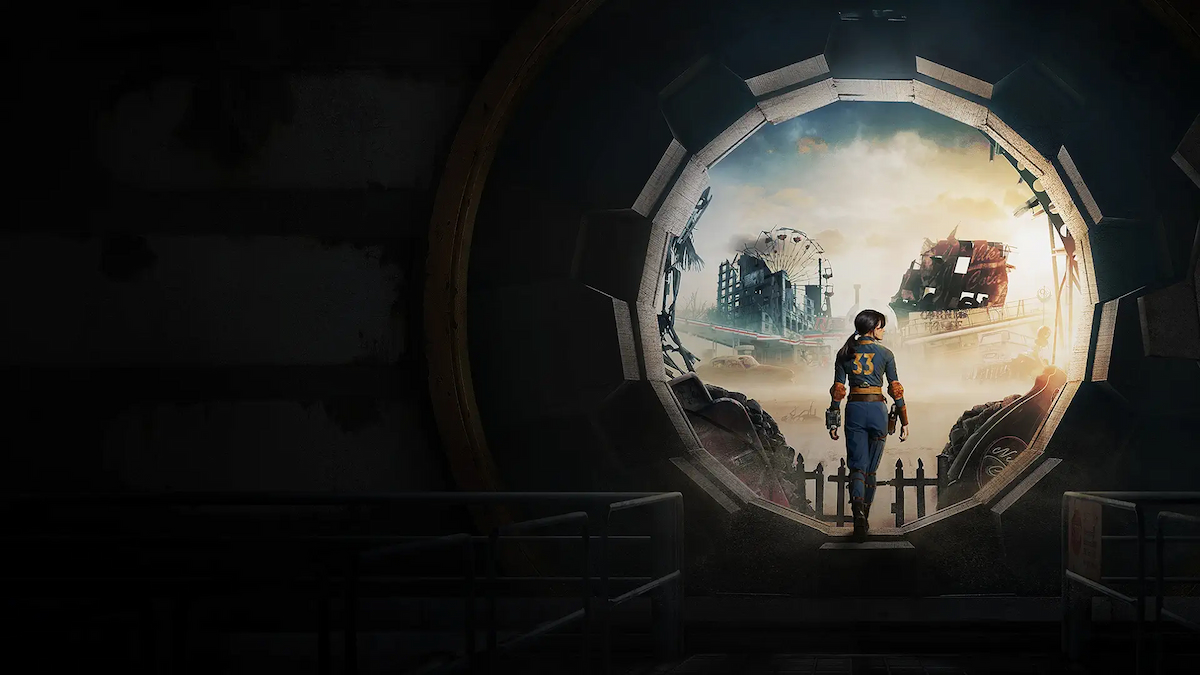Linking the First Flame is a continuing trend in the series that simply sees the player take the place of the final boss as a guardian of the flame, thus ensuring the survival of the Age of Fire for the time being. Although it is important to point out that unlike the first game, kindling the First Flame does NOT end with a massive explosion, thus implying that the power of the Flame may be waning. But again, as the series has explained, all things must come to an end and cycle. So eventually, the darkness will come.
Ending the Fire is also fairly similar to rejecting the linking of the First Flame from the first game. In it, the player must gather eyes from the Dark Firelink Shrine, and give them to the Firekeeper, something they’re forbidden to own. Then, after defeating the Lord of Cinder, the player summons the Firekeeper to collect the Flame, and with it, usher in the Age of Darkness. But, as the fire dies, the Firekeeper points out that, “one day tiny Flames will dance across the Darkness, like Embers Linked by Lords past,” thus implying that the cycle is destined to continue over and over again. Thus, keeping in tune with the inherent cyclical nature of the world.
The Alternative End of Fire Ending is where things start to get interesting. It’s fulfilled by following the same procedure as the normal End of Fire ending, but as the light begins to fade from the world, the player must strike and kill the Firekeeper. Doing so, committing an act of evil and greed, the narrator reveals that the players is “nameless, accursed undead, unfit even to be cinder.” The theft of the first flame, now entering speculation territory, breaks the cycle of fire and darkness, instead, allowing the wielder of the flame to shape the world as they see fit. But, due to the greedy nature of the player in this ending, the world is destined to fall apart despite the ending of the cycles, which in turn grants ultimate power at the cost of the world itself.
The Usurpation of the Fire is the ending that is most difficult to achieve, but what I believe (speculation yet again) to be the definitive ending of the Dark Souls series. In this ending, the player ostensibly becomes an agent of Kaathe, a primordial serpent from the first game, and steals the first flame for humanity as a whole, thus ending the cycles and allowing the Age of Man to truly begin. But where does all this Age of Man nonsense come into play?
Without delving too deeply into some of the more lore-heavy aspects of the game (though vital for those looking to truly understand), the key to this ending is the NPC named Yuria. Through dialog with her, the player is given the Dark Sigil, an item that allows the Ashen One to become hollow. Hollowed individuals, introduced in the first game, are savage beings devoid of reason. Basically, they’re primal humans. Through an extended process that involves wedding Anri, upon defeating the Lord of Cinder, the flame is then absorbed into the body of the Ashen/Hollow One and it’s revealed that the player is given rule over Sable Church of Londor, a group of Hollowed individuals controlled by Kaathe. With the Hollows ruling the land, the Age of Man can begin anew, free from the cycle of flame and darkness, and free from the chains of the gods. (Thanks to Reddit user RidleyBro for ending explanation help)
With these interpretations of the endings in mind, the series has done two things: continue the legacy of the series through a beautiful homage to the original game via endings and return trips to familiar locations, and provided the ability to maintain a lore-friendly means of bringing the cycle of fire and darkness to an end through a philosophy present throughout the entirety of the series – the will of mankind.
Human ingenuity and perseverance is the single underlying aspect of mankind that rings true. No matter how dire the circumstances, no matter how tough the situation, humans endure. They adapt. And they change things. The Dark Souls series has long served as a playable metaphor of pushing a boulder up a steep hill. But through the human ability of perseverance, we ultimately reach the goal we set out to accomplish, no matter how difficult. It’s strangely poetic that the breaking of the cycles must come in the form of reverting back to mankind’s primal nature (Hollow), to weather the odds and accomplish the seemingly impossible. Here’s a prime example of using gameplay as theming, a lesson applicable to everyday life. Now that is how you end a series.
Read More:
- The Entire Dark Souls Story and Endings Explained
- Call of Duty: Infinite Warfare Reveal Trailer is the 74th most Disliked Video on YouTube
- Rumor – Call of Duty: Infinite Warfare Pre-orders May Include Closed Beta Access





